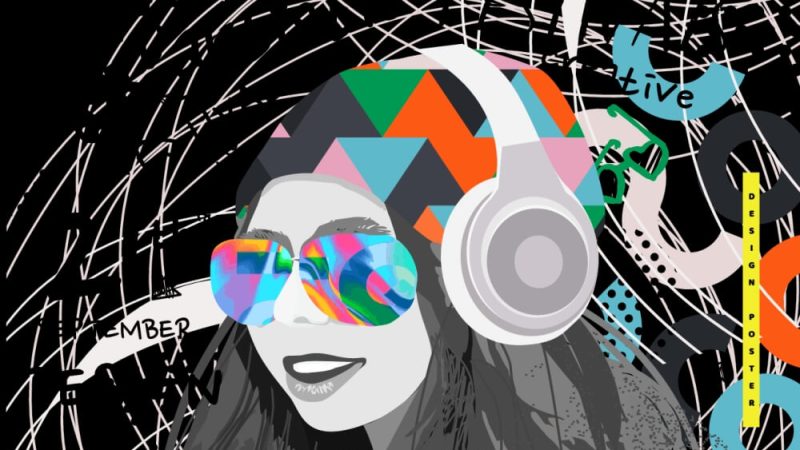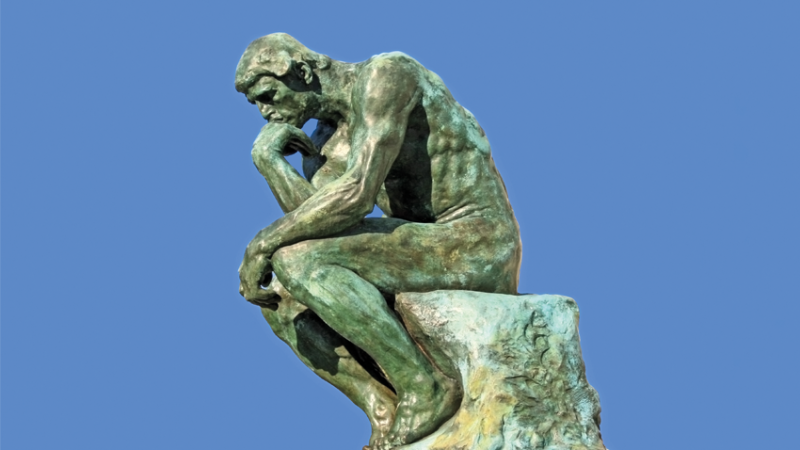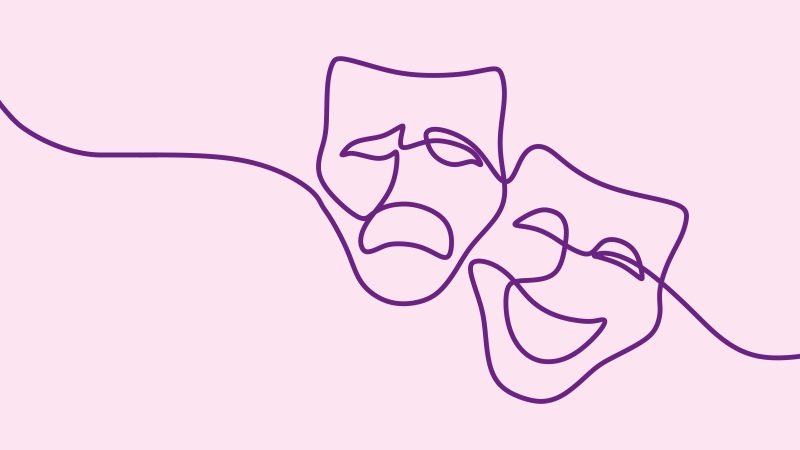Art curriculum – Does yours have the potential to offend?
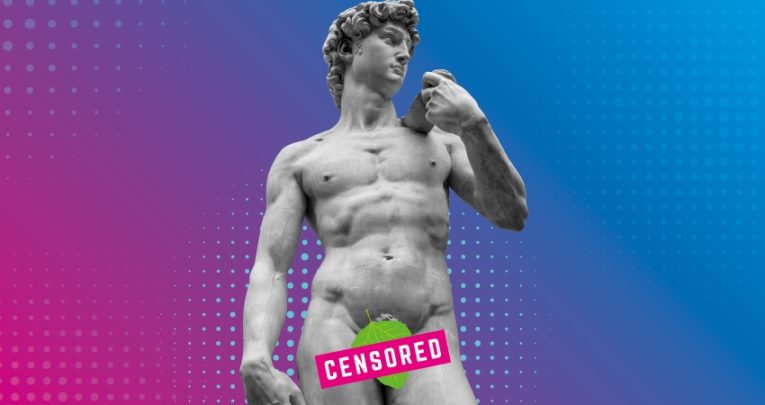
With some previously studied works of literature now warranting content warnings. Caroline Aldous asks whether the same might apply to visual art…
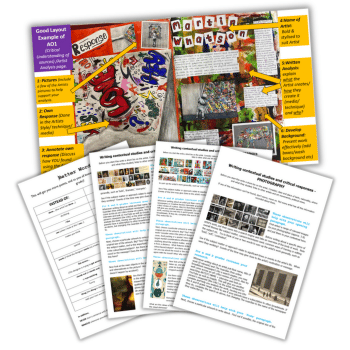
Should we be more careful when deciding on our art curriculum and, in particular, what artworks to show to our students?
I recently visited the fantastic Gilbert and George Centre in Shoreditch with a group of sixth form students. The exhibition included a range of new pieces by the artists – including one in the gallery that was titled ‘Date Rape’. In the typical style of Gilbert and George, it was a brightly coloured sectional piece with a large ‘date’ picture at the forefront. It made me feel a little uncomfortable.
I’d already forewarned the students that Gilbert and George’s work could be controversial at times, perhaps even shocking. But I was still worried that this particular piece might well upset someone. Might it prove to be a ‘trigger’ for someone in my group?
Engagement and opposition
As teachers, it seems we’re facing an unprecedented volume of parental complaints. In 2023, Ofsted received 14,900 complaints about schools – an almost 25% increase on the previous year. Prior to the pandemic, schools received around 10,300 parental complaints in 2019/20, and around 12,200 in 2018/19.
Parents have become much more engaged and opinionated about their children’s education. This means that as teachers, what we choose to show them could now have much wider implications than before.
In Florida last year, Hope Carrasquilla – at that time, a principal at a Christian charter school – was asked to resign. This was after sixth grade students at the school were taught about, and shown a picture of Michelangelo’s ‘David’ statue. The calls came after a parent claimed the image was pornographic.
Carrasquilla hadn’t pre-warned parents that a teacher was going to show the students the sculpture. This may have been an extreme case. However, teachers need to confront the fact that they’re now making calls over learning content that could potentially impact their careers in dramatic ways.
This prompts an obvious question. Could this fear of cultural pushback end up restricting students’ learning and effectively wall off material previously considered perfectly acceptable?
Avoiding the discussion
At the same time that unrestricted internet access has enabled students to view almost anything they like – including hardcore pornography – the criteria for what’s deemed as ‘acceptable’ in class seems increasingly restrictive.
Speaking to a colleague who teaches English, I asked if any books they had taught previously were now deemed unacceptable. She replied that the book Of Mice and Men was one that her department had since withdrawn. This was due to its inclusion of the ‘N’ word. It’s a word broadly seen as so unacceptable that I feel unable to write it in full here.
Hearing this prompted me to wonder whether a teacher might at least be able to explain the history behind the word and thus still ‘use’ it, albeit only in the context of academic discussion.
By attempting to erase the word completely, are we helping students to confront old, yet persistent prejudices? Or are we simply avoiding discussions of difficult topics from a place of fear?
Art of all kinds has endeavoured to shock and challenge people’s views throughout history. In 1863, the Salon in Paris rejected Manet’s ‘Le Dejeuner sur l’Herbe’ for its portrayal of a naked woman surrounded by clothed men.
I imagine that a similar piece shown now would prove similarly controversial in the wake of developments like the #MeToo movement, and its highlighting of serial abuses of women by men in positions of power.
Narrowed horizons
Modern conversations around ‘cancel culture’, Black Lives Matter and #MeToo have all done much to shape people’s thoughts and opinions, and recalibrate our notions of what’s ‘culturally acceptable’ – but our students still need guidance and help in answering difficult questions and engaging with current issues and events.
The way students now react to art is interesting. Over the past ten years, we’ve cut the teaching time we allocate to creative subjects signifcantly. DfE figures published in June 2018 showed that between 2010 and 2017, the number of teaching hours dedicated to arts subjects in English secondary schools fell by 21%. This was accompanied by a 20% reduction in the number of arts teachers.
It could be argued that these (notably pre-pandemic) reductions have caused a generation to be exposed to only a very narrow and prescribed art curriculum. Most schools are still predominantly teaching students about white, male European artists such as Van Gogh, Turner et al, despite Ofsted stating that it’s now looking for greater curriculum diversity in their inspections.
Students’ ideas of what art even is also appear to be narrowing. To prove this point, ask any student to name three female British artists. I did so myself, and they struggled. I then asked the same question of colleagues, and saw similar results.
If, however, you ask them to name three artists, they probably can – but more often than not, the names you’ll hear will be those of white European men, or at a push, Andy Warhol. What teachers need is more time to present students with a greater diversity in art. This needs to be in a way that mirrors the approaches that big galleries like the Tate and the Royal Academy are currently pursuing.
Changing attitudes
Some recent exhibitions in London have included exciting and diverse line-ups, including Labid Himid, Sarah Lucas, Philip Guston, Yayoi Kusama and Paula Rego. This needs to filter through to the classroom. Teachers should try stepping away from more traditional practices in art once in a while and shine a spotlight on a greater diversity of artistic endeavour.
It’s essential that we nurture students’ creativity from an early age, continuing what’s historically been a great British tradition of innovating in both the arts and the workforce.
Exposure to a more diverse range of artists ought to start in primary school and continue throughout secondary. We need to encourage students of all backgrounds to visit galleries and museums. They should be able to see plays that will help them further develop their critical and cultural understanding.
Pieces such as Duchamp’s ‘Fountain’ and Tracey Emin’s ‘My Bed’ caused controversy when they were first exhibited. It’s important to show students artworks such as these. They step away from art simply taking the form of paintings or sculpture.
Whether the broader societal reactions to such artworks have changed over time, or if students’ views of them are representative of a major shift in public attitudes, remains to be seen.
Acknowledge the ignored
Still, the fact remains that art teachers have to now carefully consider what and who they include within their curriculum. Creating a diverse curriculum that’s informative, without being shocking or considered ‘too controversial’ remains a tough challenge.
On the one hand, Ofsted requires art teachers to actively expand their curriculum beyond traditionally taught artists and introduce students to a broader curriculum.
At KS4, students will typically be better able to cope with more challenging artworks. But the backbone of any curriculum should be an art history that covers some previously ignored contributors to art history.
Examples here might include the first professional female artist in Western art history, Lavinia Fontana (1552-1614). She ran her own thriving studio in her native Bologna and later in Rome.
Another notable figure is the first widely recognised professional artist of colour, Henry Ossawa Tanner. He gained international acclaim in the 1890s for his beautiful paintings.
The art history taught must also take account of relevant contemporary biases and historical influences. By taking students to galleries such as the Tate Modern, Tate Britain or the Royal Academy, they can begin to understand the vast depth and quality of art that’s out there. They can also start thinking more critically about what art is and why we create it.
If schools lack the time or resources for such trips, then another option could be to arrange for artists to visit the school. Or you could make original artworks inspired by pictures and commentary relating to currently running exhibitions.
Caroline Aldous-Goodge is an art and design teacher, head of year and education researcher






